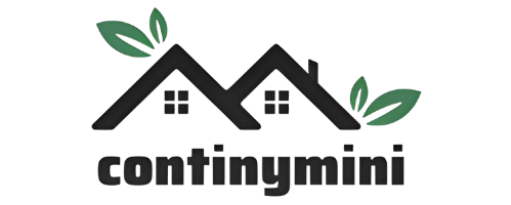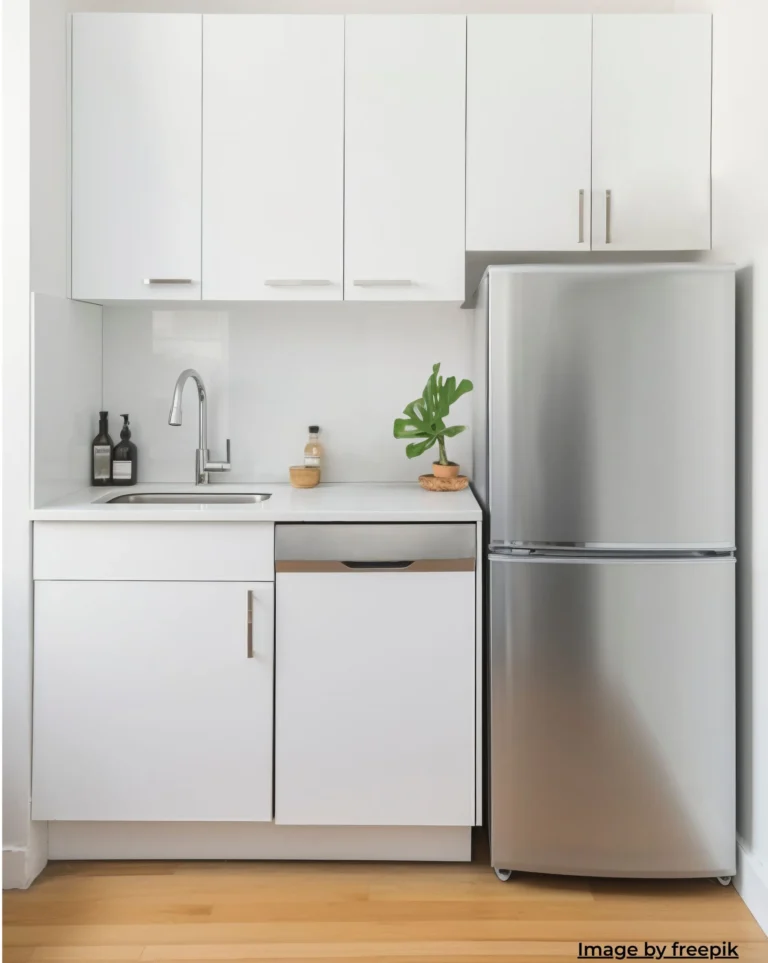Living in a tiny house presents unique challenges, especially when it comes to water conservation. However, with the right water saving products, you can significantly reduce your water usage while maintaining comfort and functionality. In this section, we will explore various innovative products designed to help you save water effectively.
Water Conservation for Tiny House
Tiny house living is more than just a trend; it’s a lifestyle choice that emphasizes sustainability, minimalism, and efficiency. One of the biggest challenges tiny house enthusiasts face is water conservation. With limited space and resources, finding the right water-saving products can make a significant difference. If you’re passionate about reducing your water footprint and living sustainably, read on to discover how you can make the most of water-saving products in your tiny home.

Why Choose Water Saving Products?
First and foremost, utilizing water-saving products can lead to significant savings on your utility bills. By reducing your water consumption, you not only save money but also contribute to environmental conservation. Moreover, many of these products are designed with advanced technology that allows for efficient water use while maintaining performance.Additionally, adopting water-saving solutions can help you develop more sustainable habits. As you become more aware of your water usage, you can make informed decisions that benefit both your household and the planet.
Additionally, adopting water-saving solutions can help you develop more sustainable habits. As you become more aware of your water usage, you can make informed decisions that benefit both your household and the planet. Furthermore, many local governments offer incentives for using water-efficient products, making this an even more attractive option.
However, many tiny house enthusiasts struggle with selecting the right water-saving products. Common pain points include:
- Limited Knowledge: Understanding which products are truly effective can be overwhelming.
- Installation Challenges: Integrating new systems into a tiny house’s compact infrastructure can be daunting.
- Cost Concerns: The initial investment in water-saving products can be high, deterring some from making the switch.
Top Water Saving Products for Tiny Homes
To address these challenges, we’ve curated a list of water-saving products that are ideal for tiny house living, along with an evaluation of their pros and cons. Whether you’re just starting your tiny house journey or looking to upgrade your current setup, these products offer practical solutions to enhance your sustainable living.
1. Low-Flow Fixtures
Pros:
- Significant Water Savings: Low-flow showerheads, faucets, and toilets reduce water usage by up to 50% without compromising performance.
- Easy Installation: These fixtures are typically easy to install and can be fitted to existing plumbing systems.
- Cost-Effective: They are generally affordable and provide a quick return on investment through reduced water bills.
Cons:
- Performance Perception: Some users may perceive a decrease in water pressure, although many modern low-flow fixtures are designed to maintain strong pressure.
Recommendation: Look for products with the WaterSense label to ensure they meet EPA standards for water efficiency.
2. Rainwater Harvesting Systems
Another innovative solution is a rainwater harvesting system. By collecting rainwater from your roof, you can use it for irrigation, flushing toilets, or even washing clothes. This not only conserves municipal water but also reduces runoff and helps manage stormwater.
Pros:
- Sustainable Water Source: Collecting rainwater provides an alternative water source for non-potable uses, reducing reliance on municipal water.
- Customizable Systems: Rainwater systems can be tailored to fit your tiny house’s roof and storage capacity.
- Environmentally Friendly: Reduces runoff and the strain on stormwater systems.
Cons:
- Initial Setup Cost: The installation of rainwater harvesting systems can be costly and requires proper filtration to ensure water quality.
- Space Requirements: Storage tanks can take up valuable space, which is a premium in tiny houses.
Recommendation: Opt for compact, modular rainwater collection systems that can be integrated into your tiny house design.
3. Composting Toilets
Pros:
- Water-Free: Composting toilets do not require water for flushing, making them highly efficient.
- Eco-Friendly: They turn waste into compost, which can be used to enrich soil.
- Independence: Suitable for off-grid living as they do not rely on plumbing systems.
Cons:
- Maintenance: Regular maintenance is required to manage the composting process.
- Odor Control: Proper ventilation and management are essential to prevent odors.
Recommendation: Research different models and choose one that fits your maintenance comfort level and space constraints.
In addition, dual-flush toilets offer two flushing options: one for liquid waste and another for solid waste. This feature allows you to use less water for smaller flushes, making it a practical choice for tiny living spaces. Installing a dual-flush toilet can save an average of 4,000 gallons of water per household per year.
4. Greywater Recycling Systems
Pros:
- Efficient Reuse: Reuses water from sinks, showers, and washing machines for irrigation and flushing toilets.
- Reduced Water Bills: Significantly cuts down on the amount of fresh water needed.
- Environmental Impact: Reduces the amount of wastewater entering sewage systems.
Cons:
- Complex Installation: Requires a more complex plumbing setup and regular maintenance.
- Regulations: Must comply with local health and safety regulations.
Recommendation: Consult with a professional to design a greywater system that complies with regulations and suits your tiny house setup.
5. Water-Efficient Appliances
Pros:
- Reduced Water Usage: Modern washing machines and dishwashers use significantly less water per cycle.
- Energy Efficiency: Often, water-efficient appliances are also energy-efficient, leading to overall cost savings.
- Convenience: Provides the convenience of modern appliances without the excessive water use.
Cons:
- Higher Upfront Cost: These appliances can be more expensive initially compared to standard models.
- Space Considerations: Must ensure the appliances fit within the limited space of a tiny house.
Recommendation: Look for Energy Star-rated appliances that are specifically designed for small spaces.
6. Smart Water Meters
Pros:
- Real-Time Monitoring: Provides real-time data on water usage, helping to identify leaks and areas for improvement.
- Leak Detection: Alerts you to potential leaks before they become significant issues.
- Data Insights: Offers detailed reports on water consumption patterns.
Cons:
- Technology Dependence: Requires a reliable internet connection for full functionality.
- Learning Curve: May take time to learn how to interpret and use the data effectively.
Recommendation: Choose a user-friendly smart water meter that integrates well with your existing home automation systems.
7. Portable Water Filters and Purifiers
Pros:
- Clean Water Anywhere: Ensures access to clean drinking water, regardless of your location.
- Health Benefits: Removes contaminants and improves water taste.
- Versatility: Ideal for off-grid living or travel.
Cons:
- Filter Replacement: Requires regular filter replacement to maintain effectiveness.
- Initial Cost: High-quality filters can be expensive upfront.
Recommendation: Invest in a reputable brand that offers high filtration standards and easy maintenance.
8. Smart Irrigation Systems
If you have a garden, smart irrigation systems can help you conserve water while keeping your plants healthy. These systems use sensors to determine when your garden needs water, ensuring that you only water when necessary. As a result, you can save a significant amount of water compared to traditional irrigation methods.
Pros:
- Efficient Water Use: Delivers water directly to plant roots, minimizing evaporation and runoff.
- Customization: Can be tailored to the specific needs of your garden.
- Water Savings: Uses significantly less water compared to traditional irrigation methods.
Cons:
- Setup Complexity: Installation can be more complex and may require professional assistance.
- Maintenance: Requires regular checks to ensure the system is functioning correctly.
Recommendation: Choose a system that is easy to install and adjust, suitable for the scale of your gardening needs.
9. Eco-Friendly Cleaning Products
Pros:
- Safe for Greywater: Many eco-friendly products are safe to use in greywater systems.
- Health Benefits: Free from harmful chemicals, reducing exposure to toxins.
- Environmental Impact: Biodegradable and less harmful to the environment.
Cons:
- Effectiveness: Some eco-friendly products may not be as powerful as traditional cleaners.
- Cost: Can be more expensive than conventional cleaning products.
Recommendation: Look for certified eco-friendly products that balance effectiveness and environmental safety.
10. Leak Detection Devices
Pros:
- Prevent Water Damage: Early detection of leaks prevents costly water damage and waste.
- Automated Alerts: Sends alerts to your smartphone, allowing you to take immediate action.
- Ease of Installation: Many devices are easy to install and integrate with existing plumbing.
Cons:
- Reliability: Some devices may have false alarms or connectivity issues.
- Cost: High-quality leak detection systems can be expensive.
Recommendation: Invest in a reliable leak detection system that offers a good balance of cost and functionality.
Benefits of Using Water Saving Products
Investing in water-saving products is a crucial step for tiny house enthusiasts committed to sustainable living. These products not only help conserve a precious resource but also enhance your overall living experience by reducing costs and increasing efficiency.
Ready to transform your tiny house into an eco-friendly haven? Start by exploring the water-saving products listed above and take the first step towards a more sustainable future.
Conclusion: Embrace Water Conservation
In conclusion, incorporating water saving products into your tiny house is a smart and sustainable choice. By selecting the right fixtures and appliances, you can significantly reduce your water consumption while enjoying the benefits of modern living. Ultimately, embracing water conservation not only helps the environment but also enhances your quality of life in a tiny home. So, take the first step today and explore the many innovative solutions available to you!
Join our community of like-minded tiny house enthusiasts and share your experiences with water conservation. Together, we can make a big impact, one tiny house at a time!
Contact us today to learn more about water-saving products and how they can benefit your tiny home lifestyle. Let’s make every drop count!






